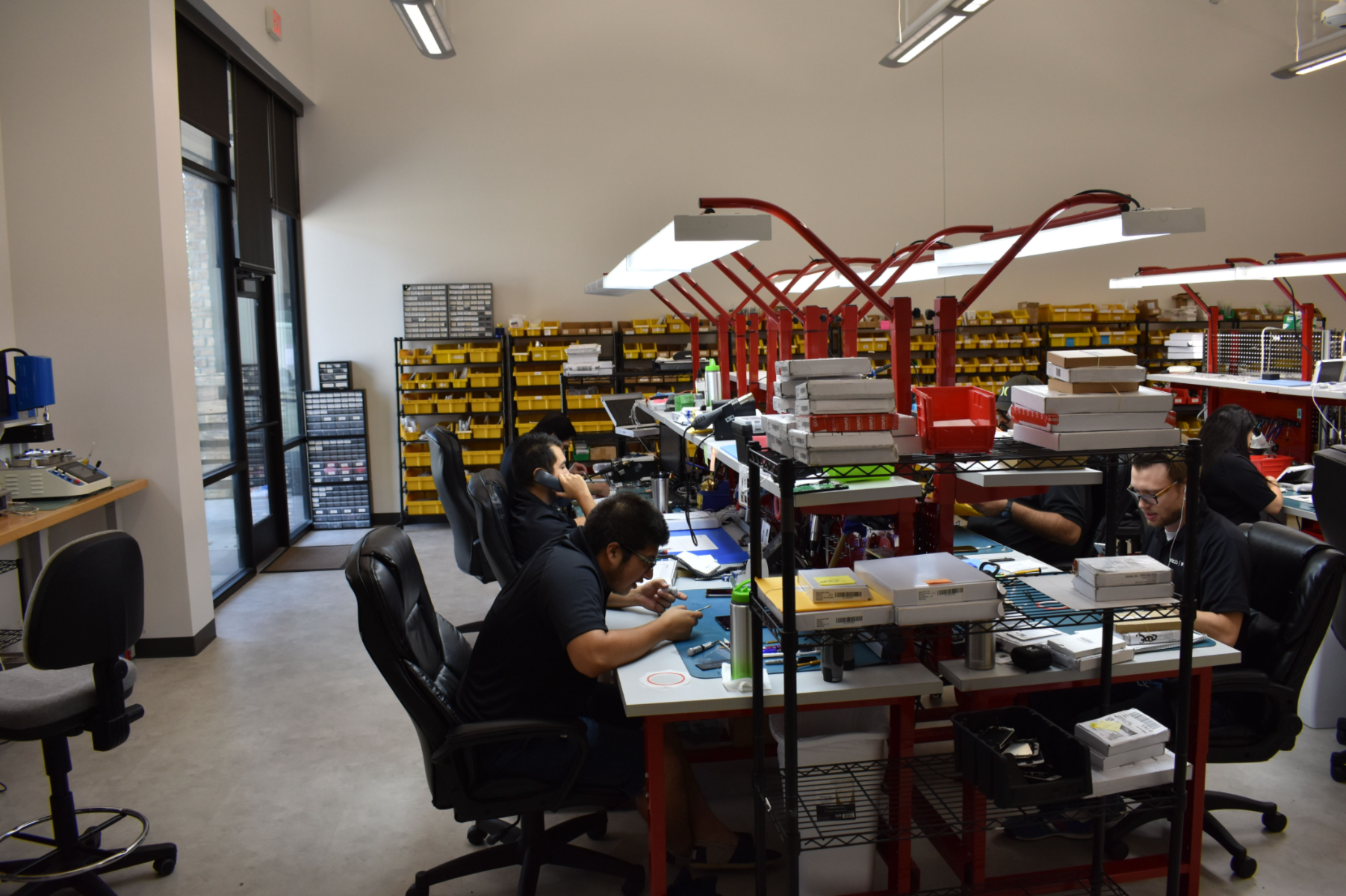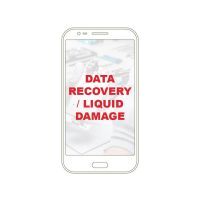How to Recover Data on your Device
How to Recover Data on your Device
When talking about the repairs we usually speak to what is most common and is the easiest or most difficult. We don’t often speak to what repair has the highest level of importance. It is true that a screen, battery, or other small part repair gets a device to a fully functional status; however, there are cases where the device is in need of higher-level repair to even access the data that is present on it. This is where the data recovery repair come into play. In this scenario you will typically find a customer needing access to important contact, messages, or media such as pictures that have not been backed up and cannot be replaced. This is why data recovery repairs have a higher level of importance to the customer as you can always replace a phone, but the data that is present is irreplaceable.


Data recovery on water-damaged devices
In most cases, data recovery is needed when a liquid or water damage event occurs. This type of damage is highly unpredictable as there are many variables that affect the success of the repair. These include: the type of liquid, length of exposure, use of device after, length of time between exposure and repair. In an absolute best case, you would want the liquid to be basic tab water with no chemicals, less than 30 seconds of exposure, the device powered off or battery disconnected, if possible, immediately, and device opened and reviewed by a repair technician immediately after. This case has the highest likelihood of your device surviving as damage should be minimal. The true cause of the damage stems from the minerals present inside of the liquid. These increase the conductivity of the water and causes shorts on the board while also starting the corrosion process. Liquids with heavy amounts of sugar or salt are at the top of the high damage list. The second common damage type needing data recovery is a device that has suffered a heavy drop. This typically causes the solder to crack under components such as IC’s or the two layers of a sandwich style board. As long as a major IC was not cracked like the CPU, NAND, or Baseband, the device should be recoverable. In extreme cases the board itself can crack and if this occurs, the catastrophic damage prevents the board from being repaired.
What does data recovery repair involve?
At the simplest level, it may be something as standard as a new screen or battery. These part replacement should always be attempted first as you don’t want to go all the way to the logic board to find out that it just needed something simple replaced. After trying basic modular parts, we then turn to the logic board. It must be inspected under a microscope to identify any areas with burn marks, corrosion, oxidation, or rust. The repair begins by cleaning these areas with alcohol and a brush. Caution must be used to prevent knocking away any loose components. After testing, the next step is to identify any potential shorts in the board as this prevents the device from booting up fully. Shorts are often found by using either a thermal camera or freeze spray as they produce heat when power is applied to the circuit. Certain components can be removed, and the device will still power on. This is confirmed by reviewing the schematic of the device to confirm if it is needed for the boot sequence to function.


The goal of data recovery is for the device to power on fully and have the data accessible. This means that a successful data recovery repair may have certain functions disabled such as the camera or speakers as they are not needed to recover data. Once the shorted components are removed or replaced and the phone can fully boot and connect to a computer or WIFI, the data is immediately backed up as it is not certain how long the device will continue to function. To repair the second damage case where impact or heavy drop was the cause, the components that have cracked solder have to be removed and resoldered. In some cases, the solder holding the two layers of the board together will crack which will require separating the two layers, repairing any torn pads, and resoldering the two boards back together.
There are some unfortunate cases where the device is too heavily damaged for the data to be recovered. This is not always the case, but the user of the device should always be prepared for this potential outcome. There are some service available where the storage chip from the damaged board is transplanted onto a different board to access the data. This process is time consuming and typically costs upwards of $500 - $1000. We only recommend these options if the data needed is valued to the user at this and in cases where there are pictures of their newborn child or a family member that is no longer around, this may be the case.
As an example of the success rate for data recovery, we have a customer who has sent two phones to us for data recovery. The first was a Galaxy Note 5 which ended up only needing a battery replacement to access the data. Due to the age of the device, we recommended retrieving the data and moving to a different device as age also plays a factor for a device continuing to function. The second device sent was a Galaxy Note 8. The customer reported that the device would not recognize a charger initially and then after rebooting would longer fully boot to the home screen. After review of the device, it was identified that the battery or other small parts were fully functional and that the cause of the boot issue was related to a cracked board. This was most likely cost by a bend or pressure on the frame as signs of a drop or impact were not present. Due to the crack causing damage to multiple traces of the board, the device was not repairable.
In any case where you need a to access data on a heavily damaged device, we highly recommend taking it to a repair shop as soon as possible to increase the likelihood of accessing the data again.


